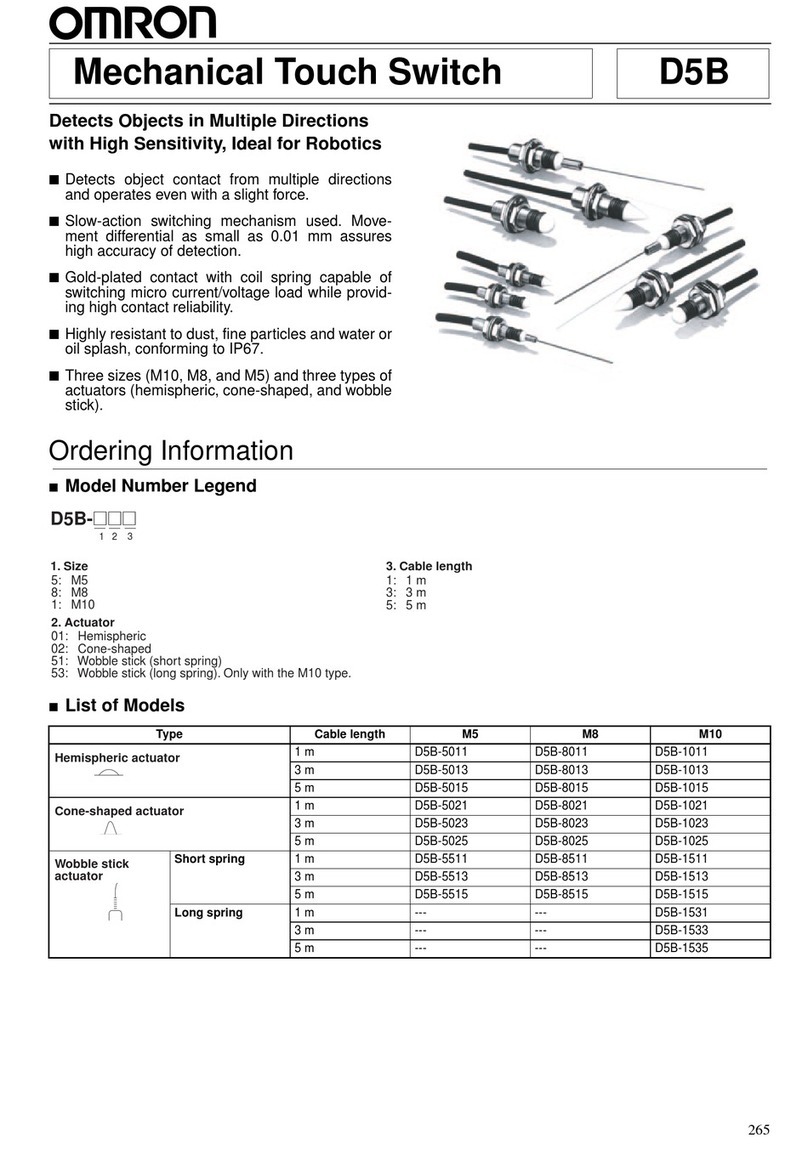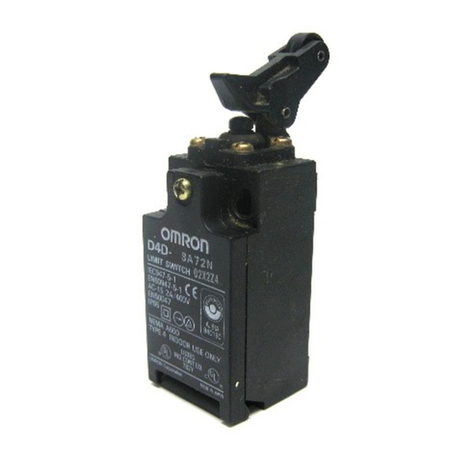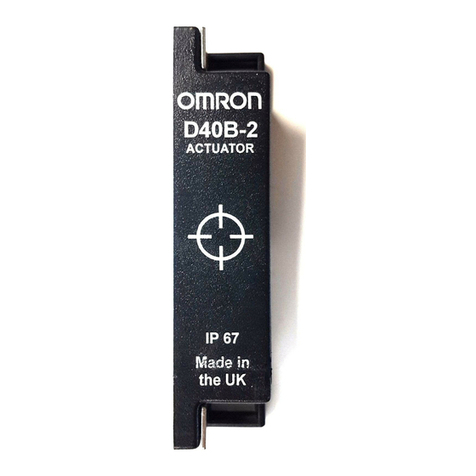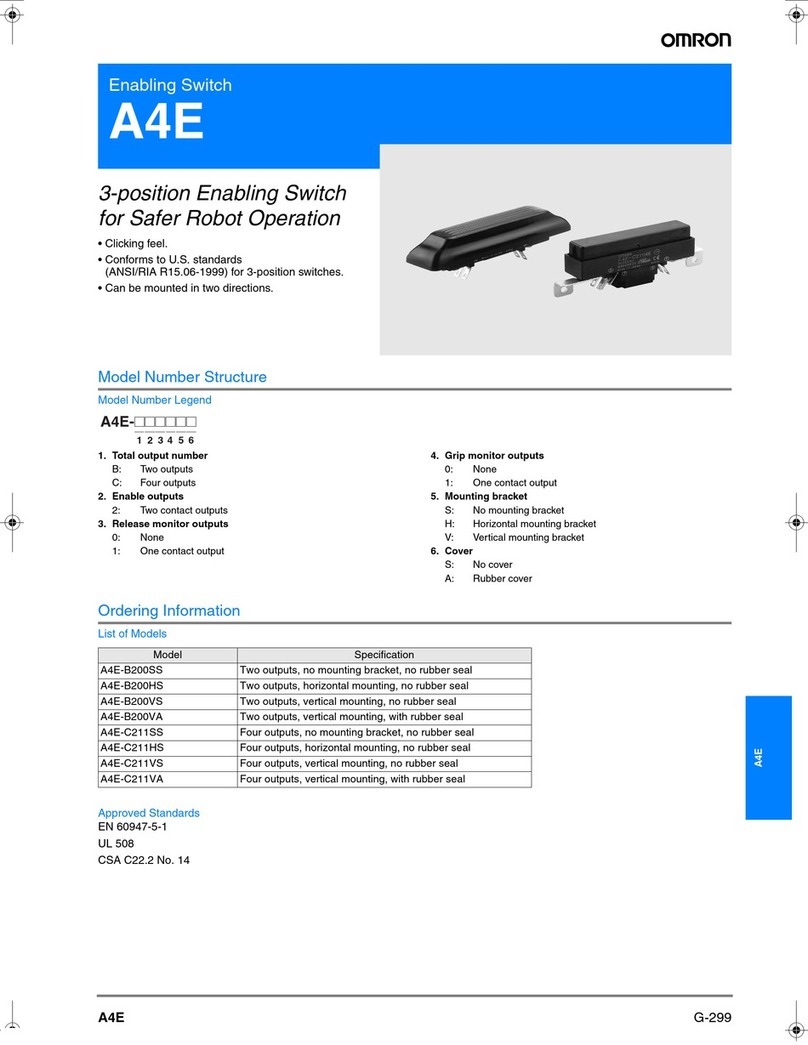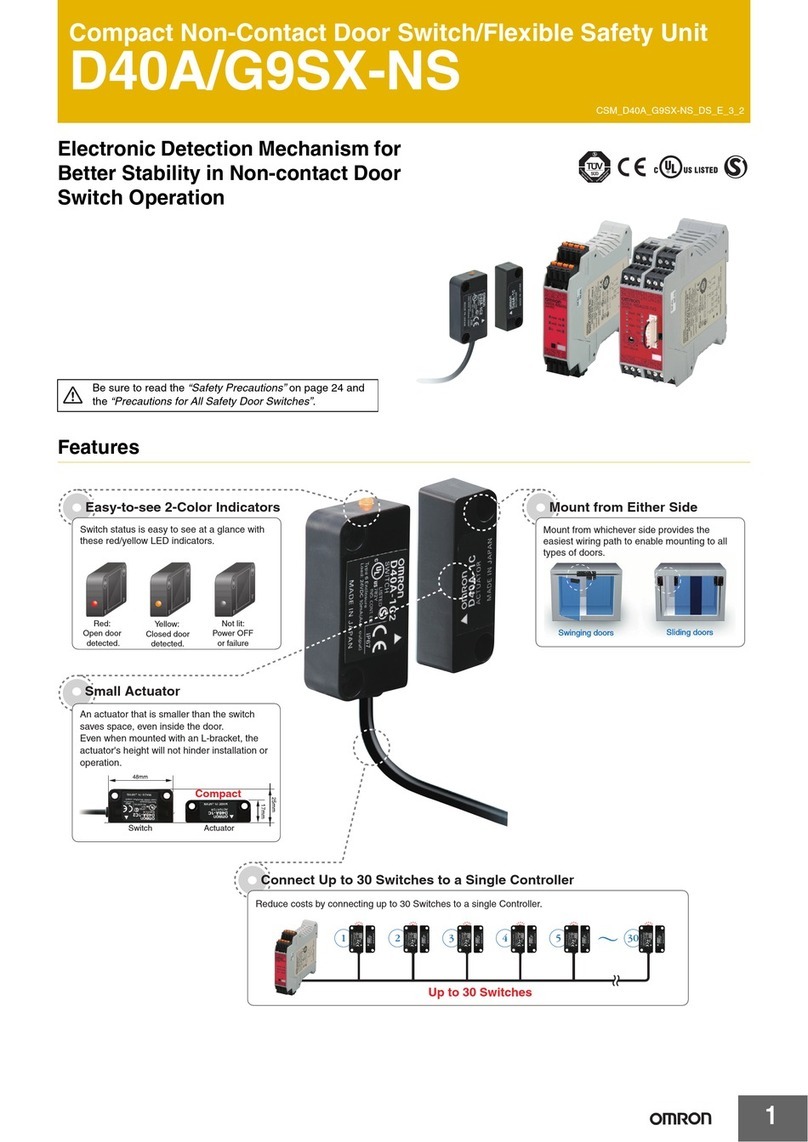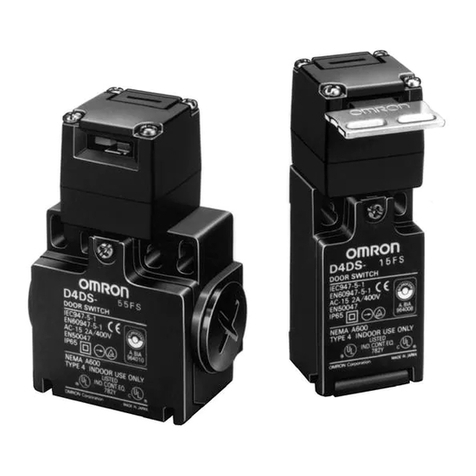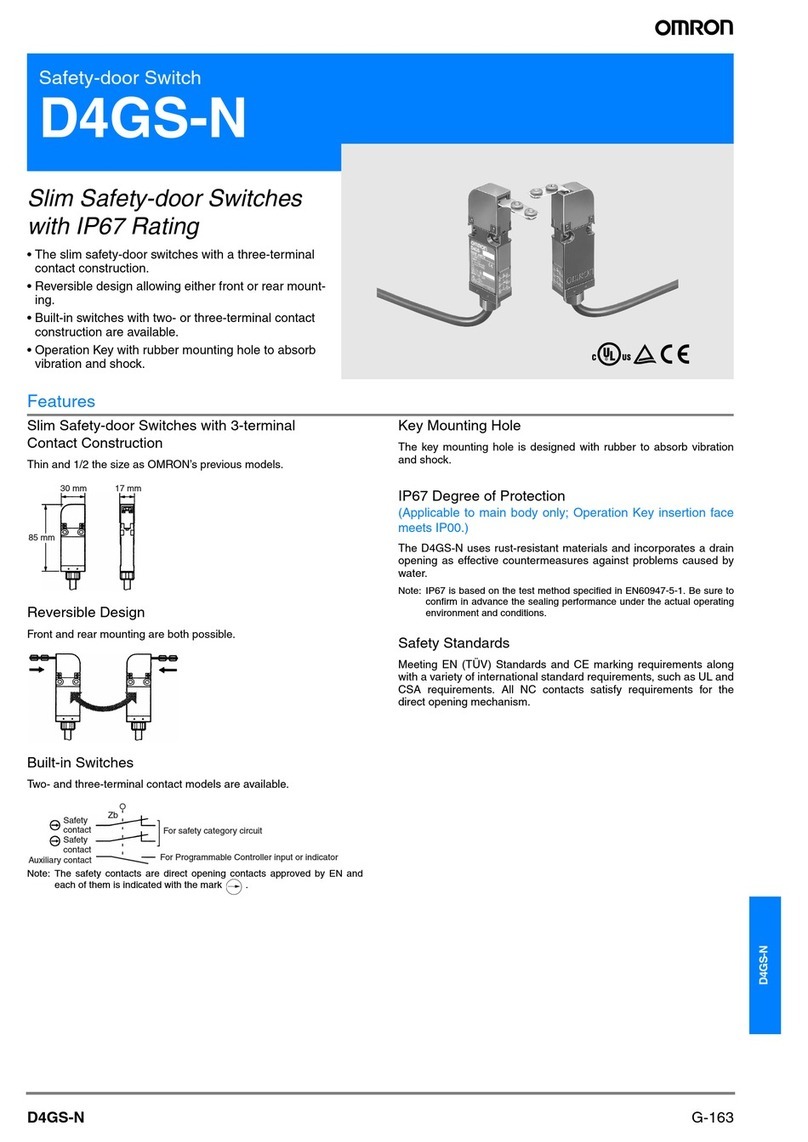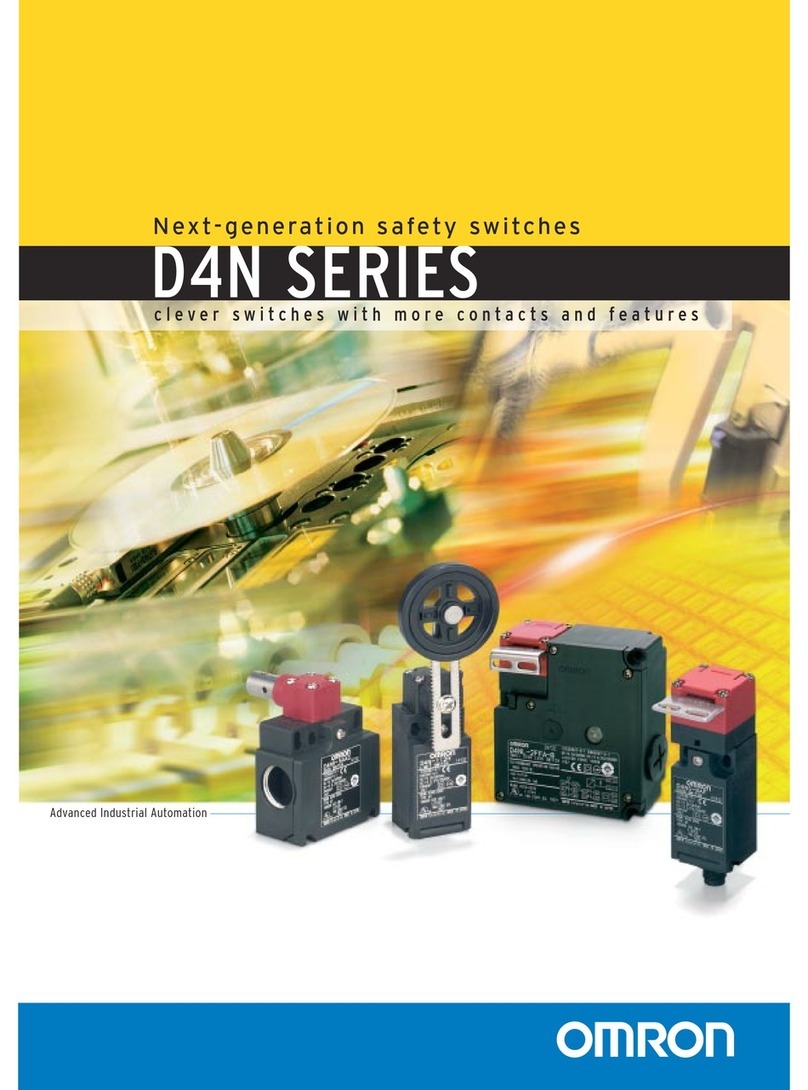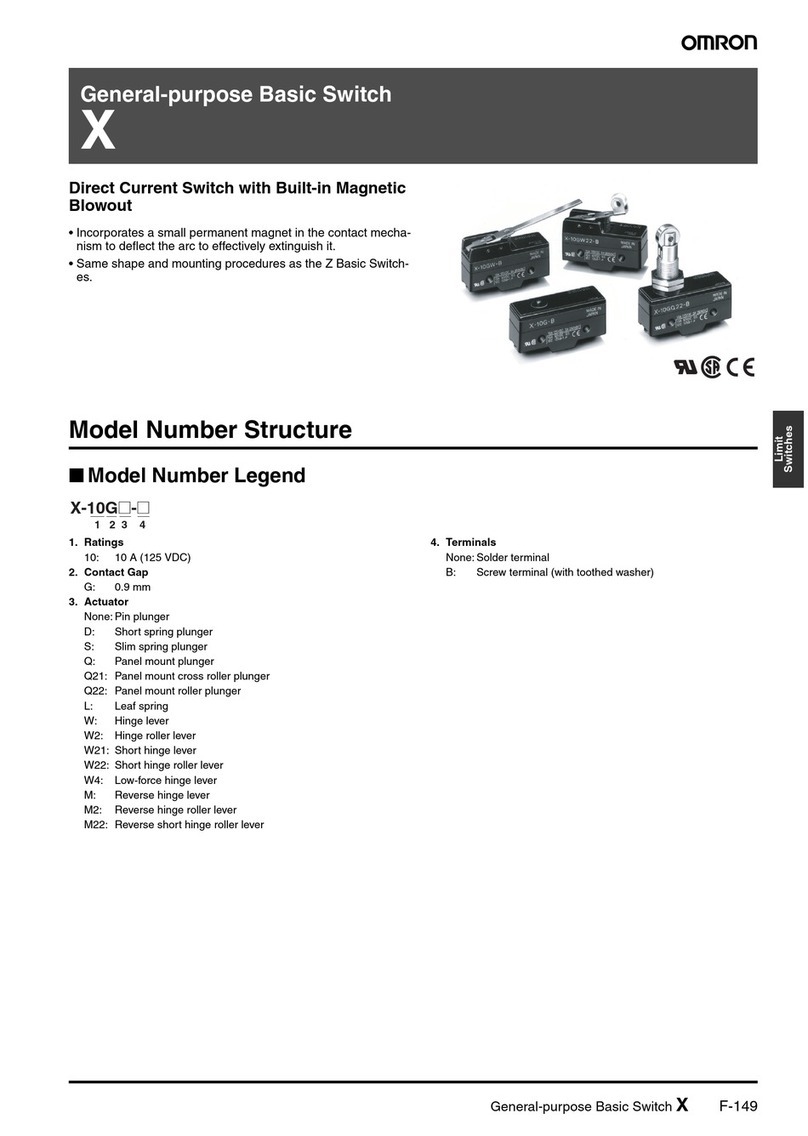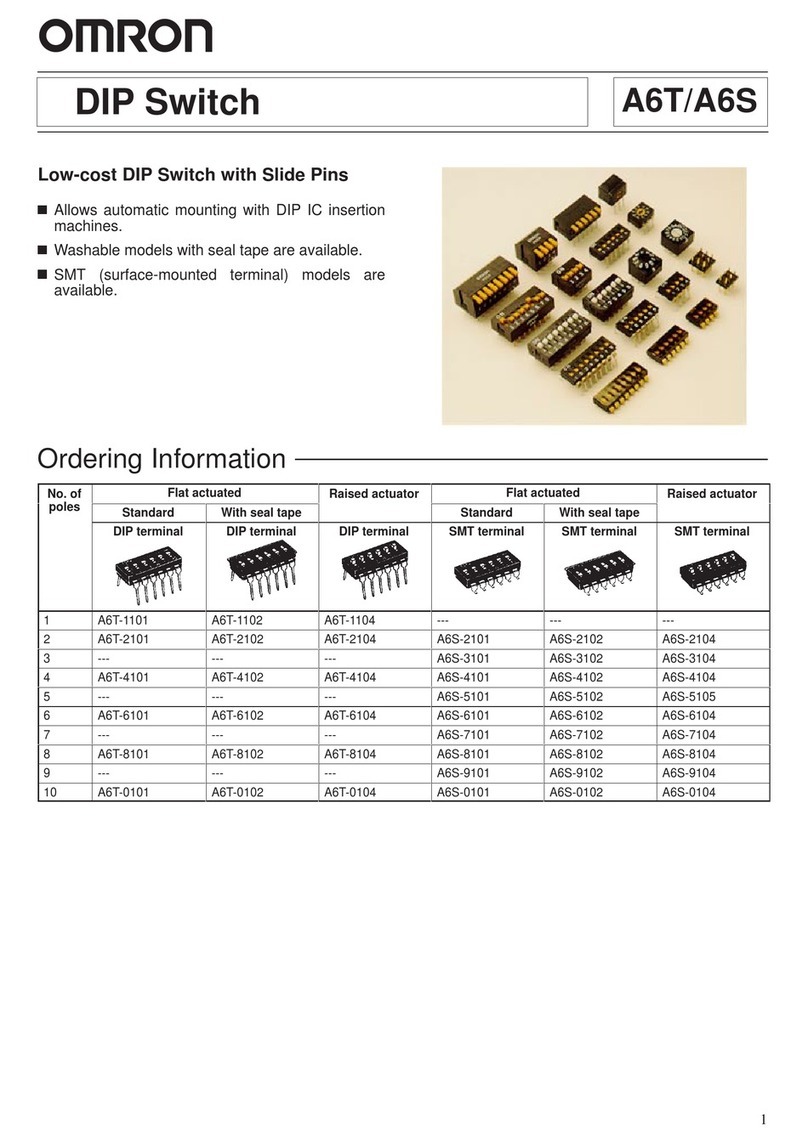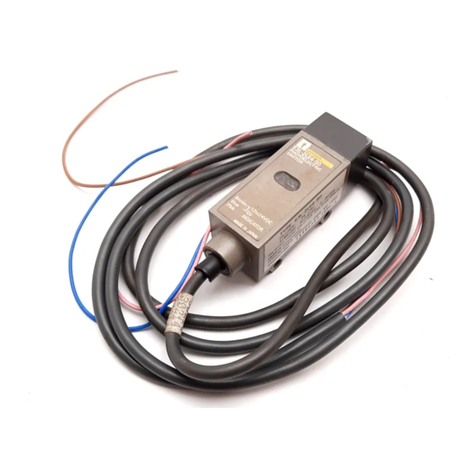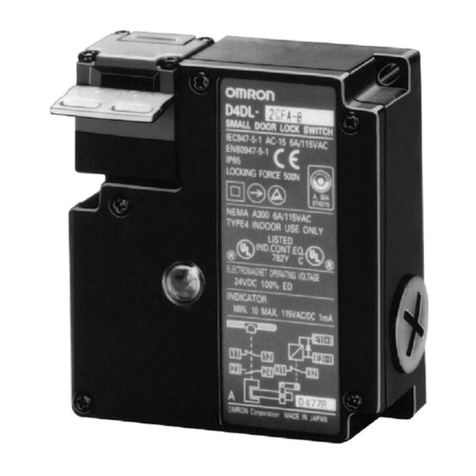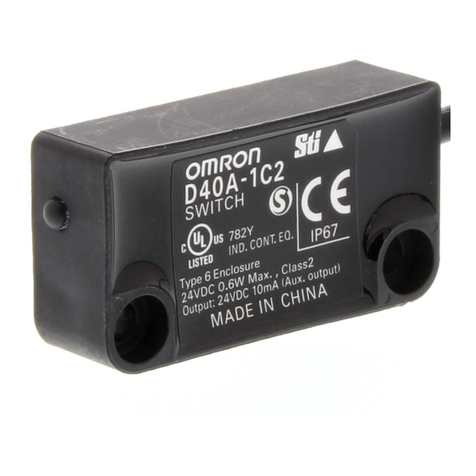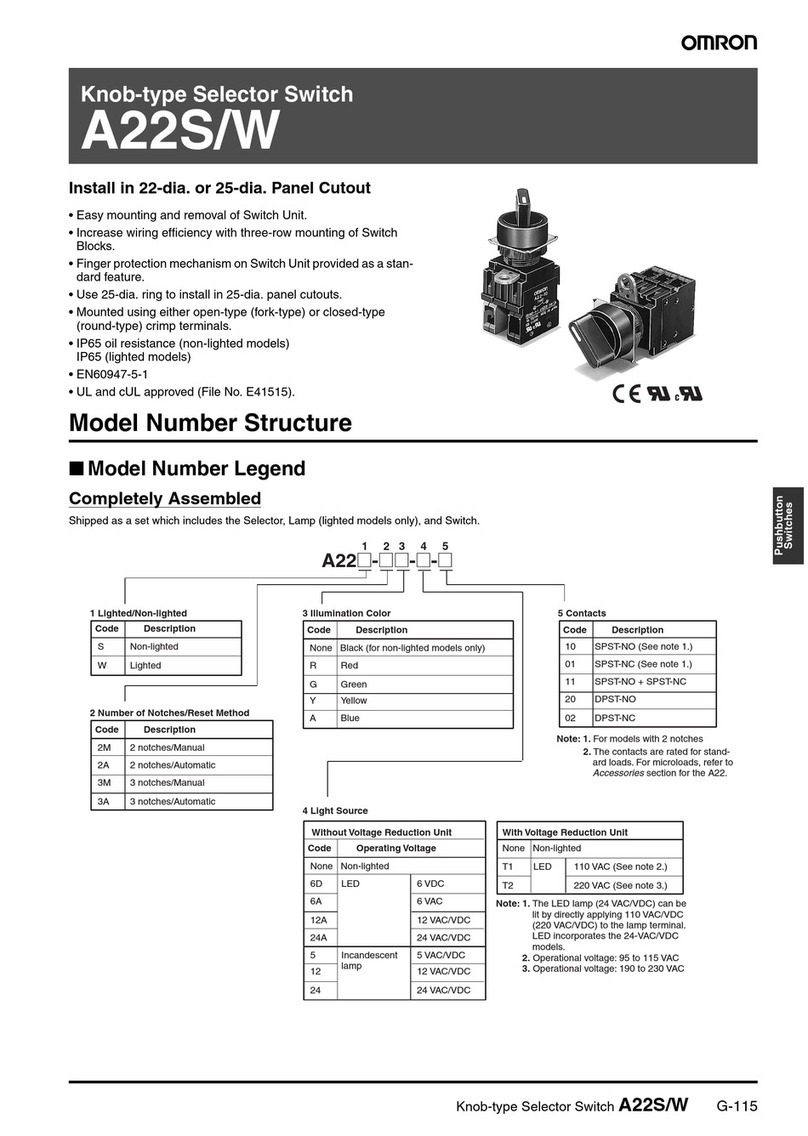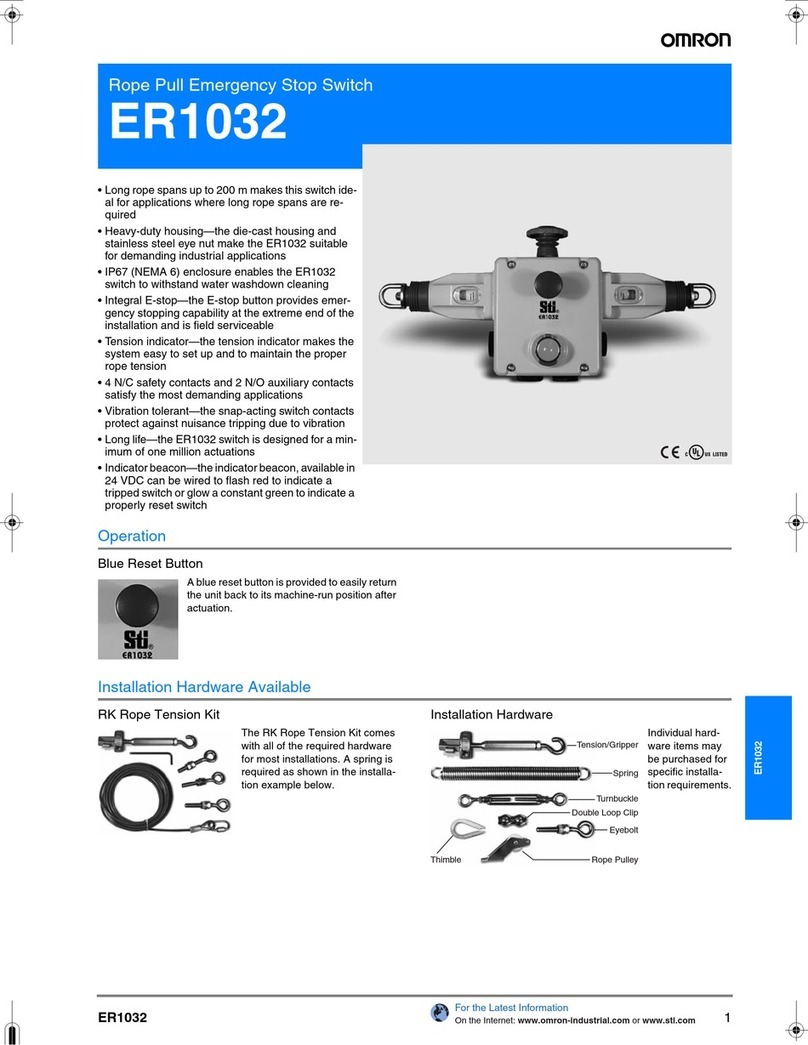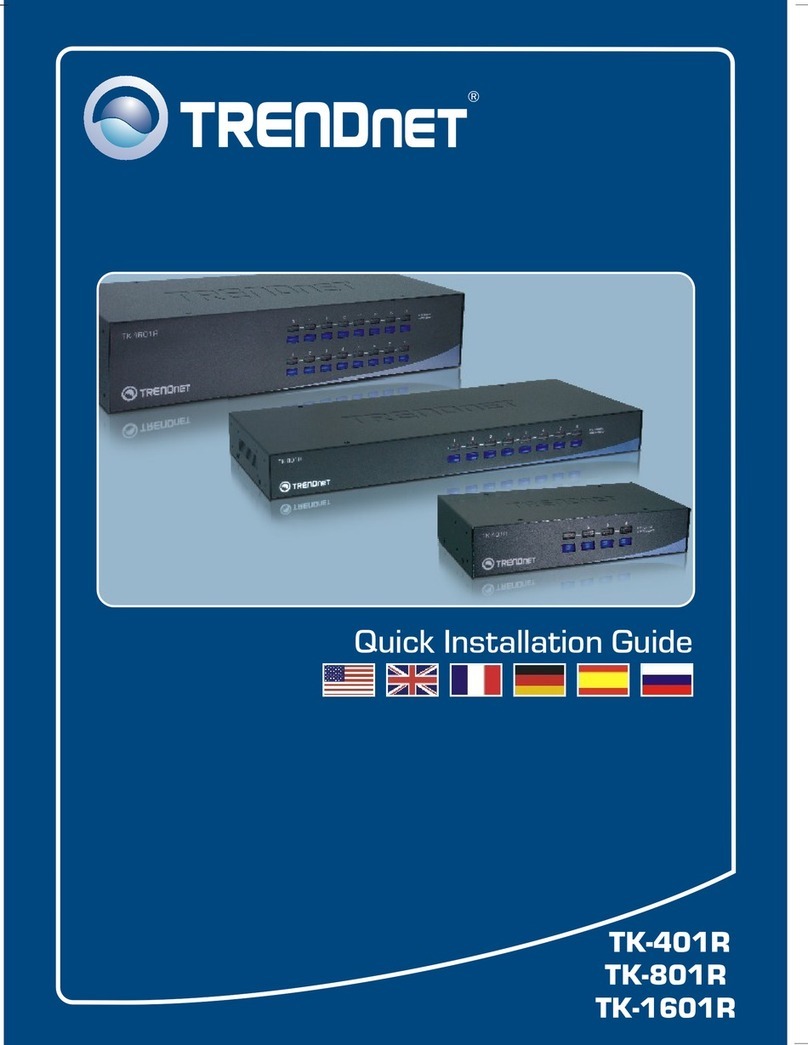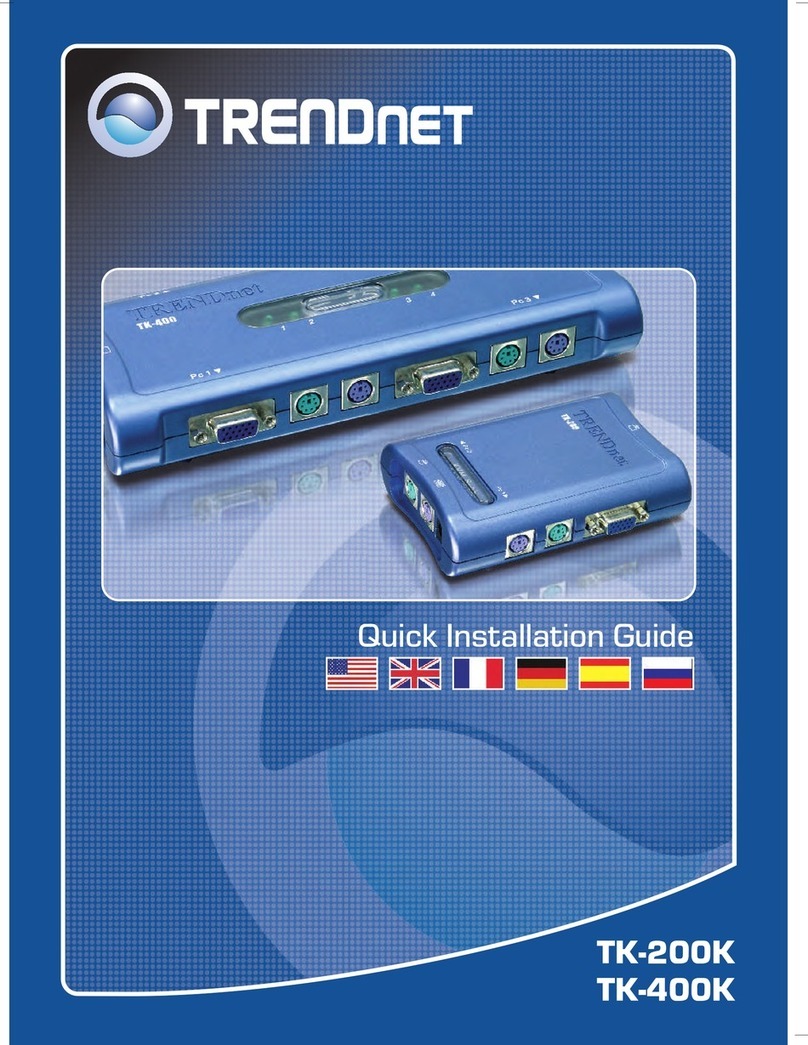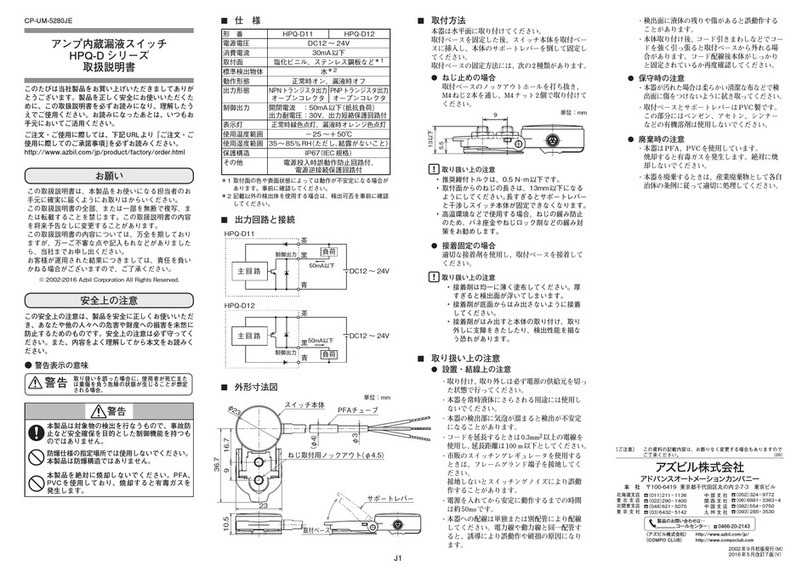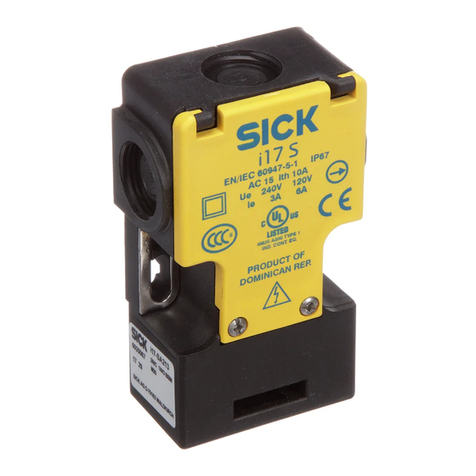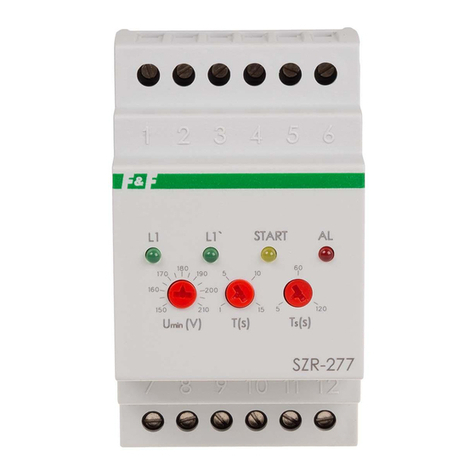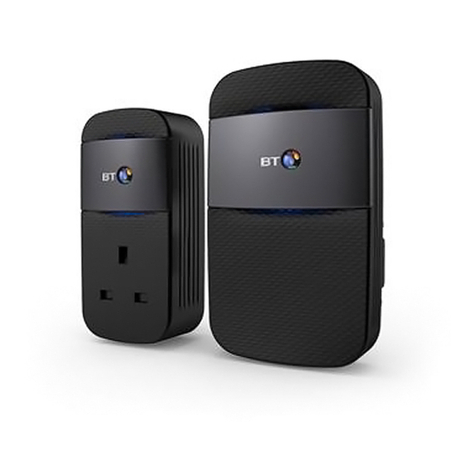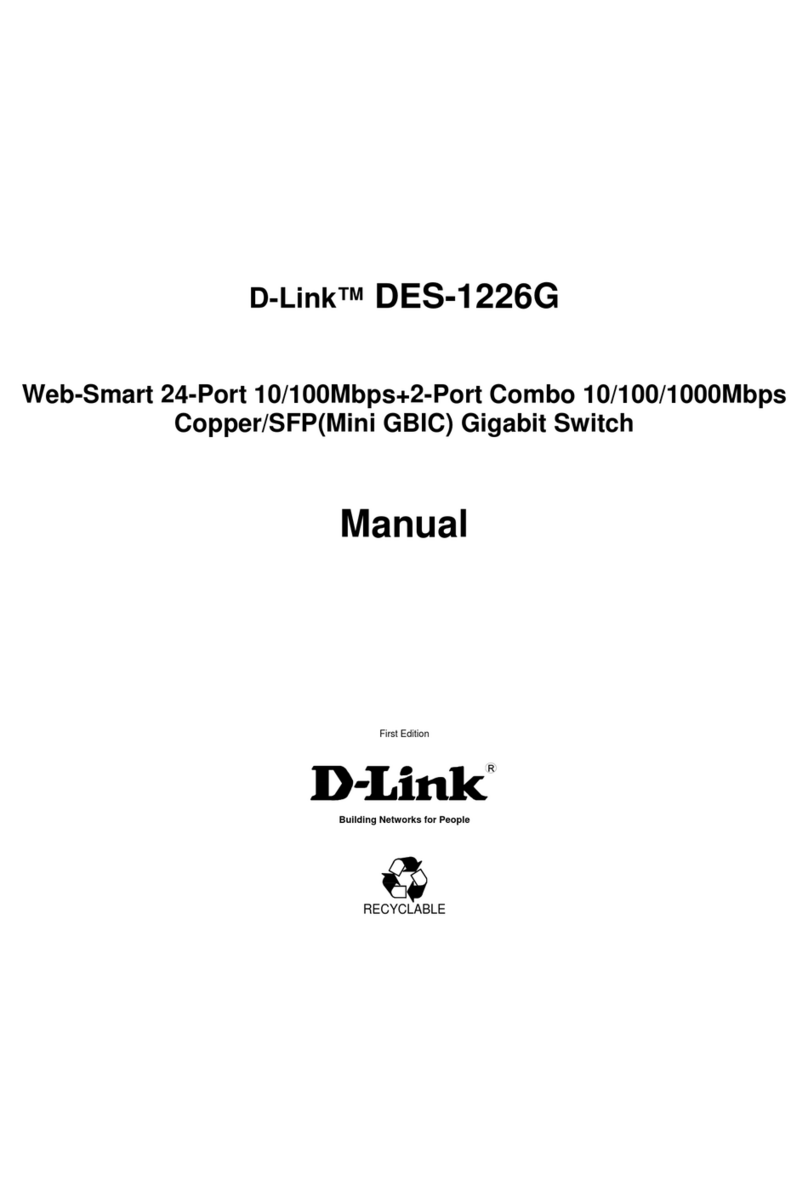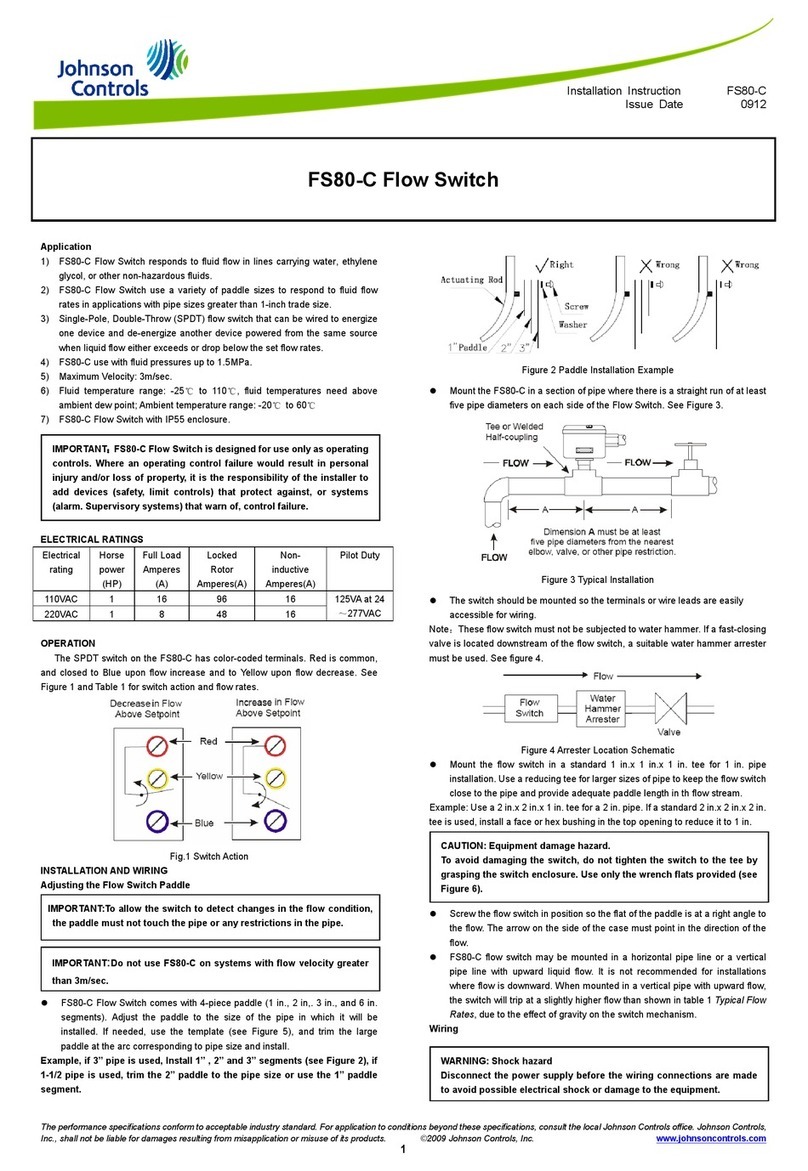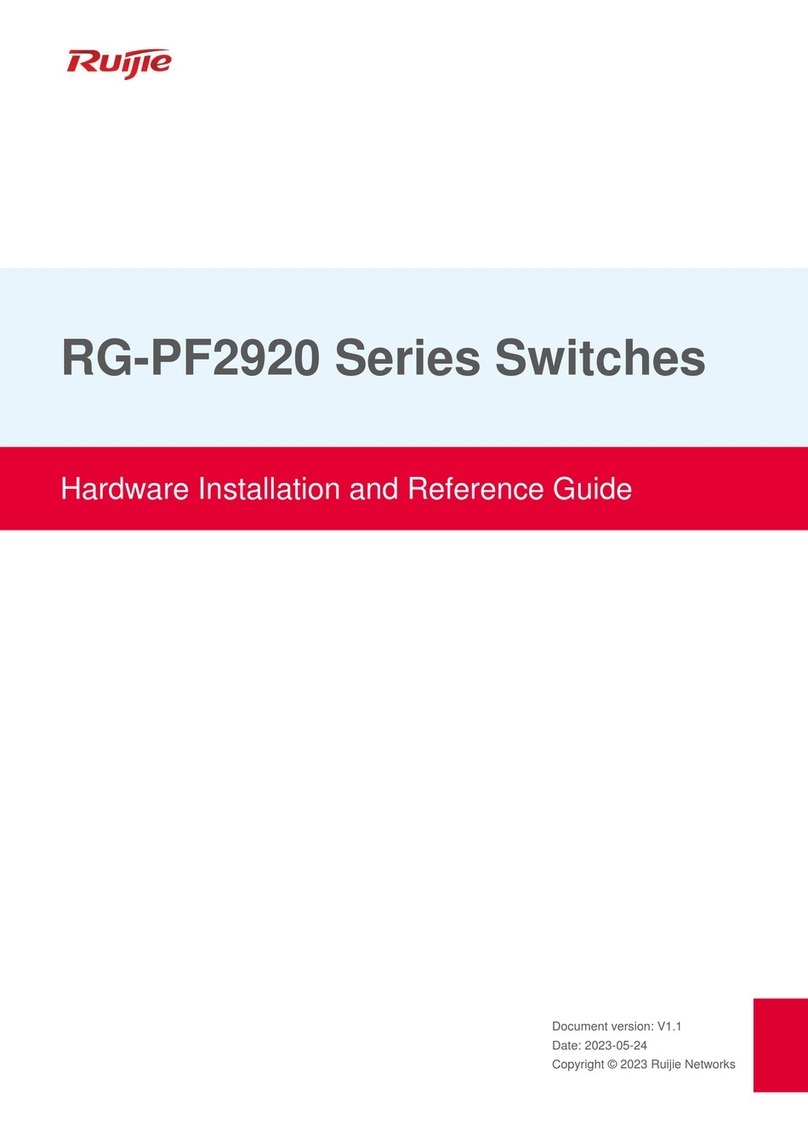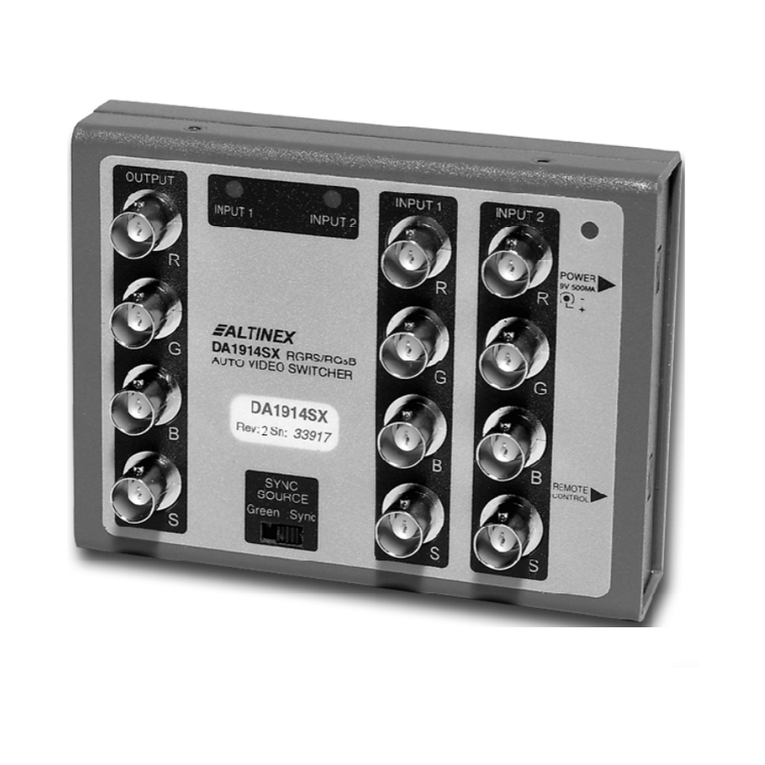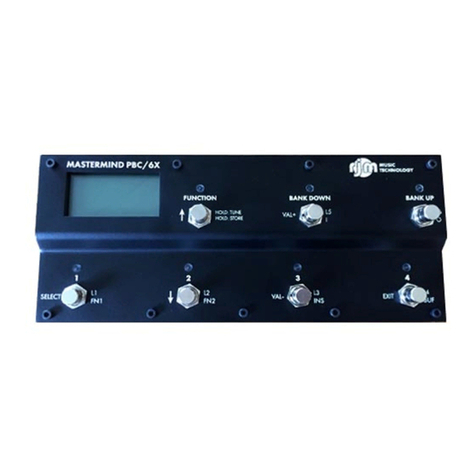
7
D4JL
Characteristics
Note: The above values are initial values.
*1. The degree of protection is tested using the method specified by the standard (EN60947-5-1). Confirm that sealing properties are sufficient for
the operating conditions and environment beforehand. Although the switch box is protected from dust or water penetration, do not use the D4JL
in places where foreign material may enter through the key hole on the head, otherwise Switch damage or malfunctioning may occur.
*2. The durability is for an ambient temperature of 5 to 35°C and an ambient humidity of 40% to 70%. For further conditions, consult your OMRON
sales representative.
*3. Do not pass a 3 A, 250 VAC load through more than two circuits.
*4. These figures are minimum requirements for safe operation.
*5. This figure is based on the GS-ET-19 evaluation method.
*6. This value will vary with the switching frequency, environment, and reliability level. Confirm that correct operation is possible with the actual
load beforehand.
*7. Use a 10 A fuse type gI or gG that conforms to IEC 60269 as a short-circuit protection device.
Degree of protection *1IP67 (EN60947-5-1)
Durability *2Mechanical 1,000,000 operations min. (trapped key: 10,000 operations min., rear release button: 3,000
operations min.)
Electrical 500,000 operations min. (3 A resistive load at 250 VAC) *3
Operating speed 0.05 to 0.5 m/s
Operating frequency 30 operations/minute max.
Direct opening force *460 N min. (EN60947-5-1)
Direct opening travel *415 mm min. (EN60947-5-1)
Holding force *53,000 N min.
Contact resistance 25 mΩmax. (per contact)
Minimum applicable load *61 mA resistive load at 5 VDC (N-level reference value)
Rated insulation voltage (Ui)300 V (EN60947-5-1)
Rated frequency 50/60 Hz
Protection against electric shock Class II (double insulation)
Pollution degree (operating environment) 3 (EN60947-5-1)
Impulse
withstand
voltage
(EN60947-5-1)
Between terminals of
same polarity 2.5 kV
Between terminals of
different polarity 4 kV
Between other
terminals and
non-current carrying
metallic parts
6 kV
Insulation resistance 100 MΩmin. (at 500 VDC)
Contact gap 2 ×2 mm min.
Vibration
resistance Malfunction 10 to 55 Hz, 0.75 mm single amplitude
Shock resistance Destruction 1,000 m/s2min.
Malfunction 80 m/s2min.
Conditional short-circuit current 100 A (EN60947-5-1) *7
Conventional free air thermal current (Ith)10 A (between terminals 12 and 41), 3 A (between all other terminals) (EN60947-5-1)
Ambient operating temperature −10 to +55°C (with no icing)
Ambient operating humidity 95% max.
Weight Approx. 650 g (D4JL-4NFA-C7-01)


